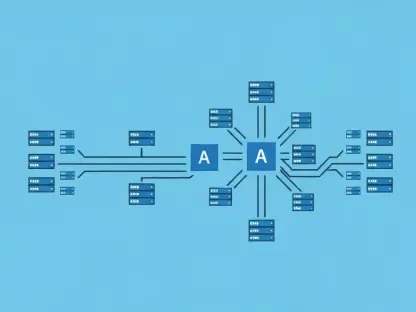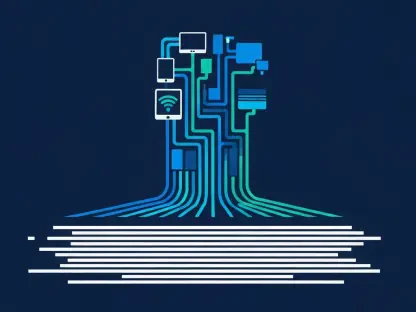In modern software development, microservices have become a prevalent architectural style, providing flexibility, scalability, and resilience. However, one of the significant challenges of managing microservices is maintaining effective and up-to-date documentation. This guide explores how you can leverage gRPC and Protobuf to simplify documentation, ensuring consistency and efficiency.
Unlocking Modern Microservice Documentation
Effective documentation is crucial for the success and maintainability of microservices. With the rapid evolution of microservices, traditional documentation methods often fall short, leading to outdated and inaccurate documentation. Utilizing gRPC and Protobuf can revolutionize your documentation process by automating and streamlining the creation of accurate and up-to-date documents. This guide will walk you through a simplified documentation process using gRPC and Protobuf.
The Evolution of Documentation in Microservices
Historically, traditional documentation in microservices faced several challenges, such as rapid obsolescence and inconsistency. Developers often struggle to keep the documentation aligned with the codebase, resulting in discrepancies and confusion. With the advent of gRPC and Protobuf, these challenges are mitigated, as they offer a standard and automated approach to documentation. Accurate and reliable documentation is critical for modern development, ensuring that all stakeholders have access to the latest information.
Streamlining Documentation with gRPC and Protobuf
Step 1: Setting Up .proto Files
Start with Defining Interfaces and Data Structures
- Create .proto files to define your microservice interfaces and data structures. Begin by specifying your services, messages, and RPC methods. This approach ensures that all interactions and data exchanges are documented from the beginning.
Add Meaningful Comments to Enhance Clarity
- Add detailed comments to your .proto files to clarify the purpose and usage of each service, method, and message. These comments will be invaluable for generating insightful documentation.
Step 2: Using Code Generation Tools
Implementing protoc-gen-doc for Automated Documentation
- Utilize the protoc-gen-doc plugin to generate documentation directly from your .proto files. This tool will convert your comments and definitions into comprehensive documentation, eliminating the need for manual updates.
Leveraging grpc-gateway for REST API Documentation
- Use grpc-gateway to convert your gRPC services into RESTful APIs. This step ensures that your documentation covers both gRPC and RESTful interfaces, providing a comprehensive overview of your microservices.
Step 3: Standardizing Communication
Migrating Service Contracts to .proto Files
- Migrate all service contracts and communication protocols to .proto files. This migration ensures that your entire microservice ecosystem uses a consistent and standardized communication format.
Ensuring Consistency Across Services with Shared Definitions
- Define shared data structures and messages in common .proto files and import them across your services. This practice ensures uniformity and prevents discrepancies in data definitions.
Step 4: Avoiding Code Duplication
Centralizing Shared Objects and Events
- Create common .proto files for shared objects and events. By centralizing these definitions, you eliminate the need for redundant code and ensure consistency across your microservices.
Importing Definitions to Minimize Redundancies
- Import definitions from shared .proto files into your service-specific .proto files. This approach minimizes code duplication and maintenance efforts, as changes need to be made in one place only.
Key Summary of Documentation Process
- Create .proto files for defining microservice interfaces and data structures.
- Add detailed comments to .proto files for enhanced clarity.
- Use protoc-gen-doc for generating automated documentation.
- Leverage grpc-gateway for documenting RESTful APIs.
- Standardize communication by migrating service contracts to .proto files.
- Ensure consistency with shared definitions in common .proto files.
- Avoid code duplication by centralizing shared objects and events.
- Import shared definitions to minimize redundancies.
Real-World Applications and Future Trends
In the industry, practical use cases of gRPC and Protobuf for documentation include companies like Google and Netflix, which have successfully implemented these tools in their microservice architectures. The benefits observed include accurate, up-to-date documentation and a standardized communication protocol. Emerging trends in microservice communication and documentation suggest a continuous evolution toward more automated and integrated documentation practices. However, developers should be aware of potential challenges, such as the initial setup complexity and the need for ongoing maintenance to keep shared .proto files current.
Final Thoughts and Next Steps
Adopting gRPC and Protobuf for microservice documentation has proven benefits, including automated documentation, standardized communication, and minimized code duplication. Developers are encouraged to implement this approach to improve the readability, maintenance, and consistency of their microservice documentation. As the landscape of microservices evolves, embracing these tools can pave the way for scalable and efficient development practices.









